Commercial & Home Treadmills
Showing all 19 results
-

M6 DC Treadmill by CIRCLE FITNESS
Read more -

M7 Treadmill by CIRCLE FITNESS
Read more -

M8 Treadmill by CIRCLE FITNESS
Read more -
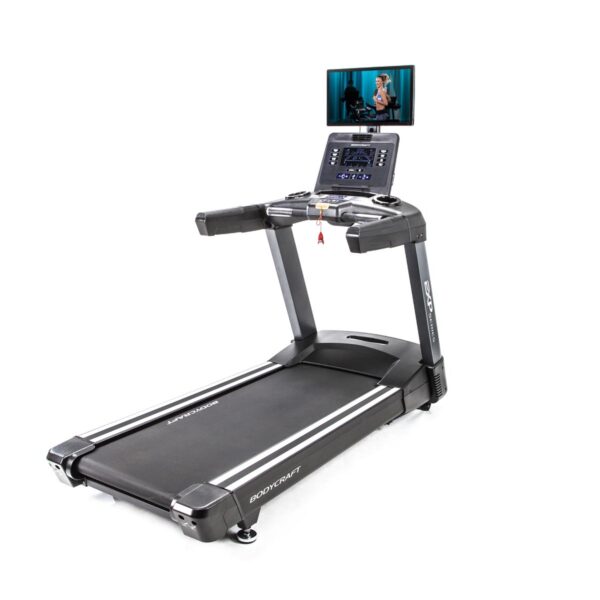
T1000 Treadmill by Bodycraft
Price range: $5,999.00 through $6,999.00 Select options This product has multiple variants. The options may be chosen on the product page -
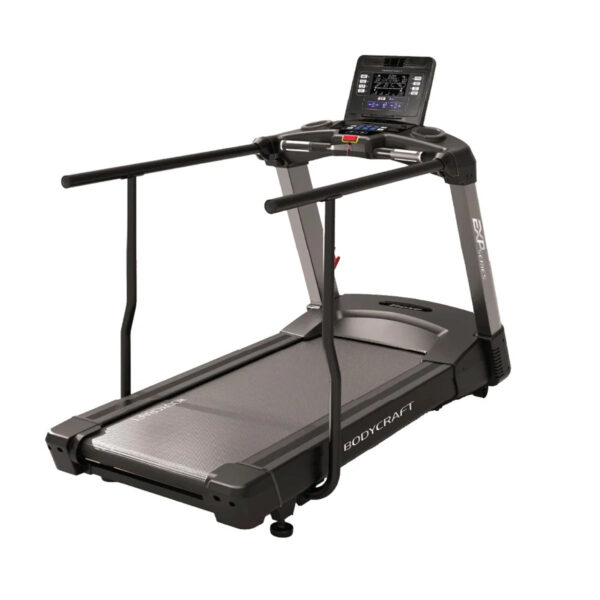
T1050 Medical Treadmill with Handrails by Bodycraft
Price range: $6,599.00 through $7,599.00 Select options This product has multiple variants. The options may be chosen on the product page -
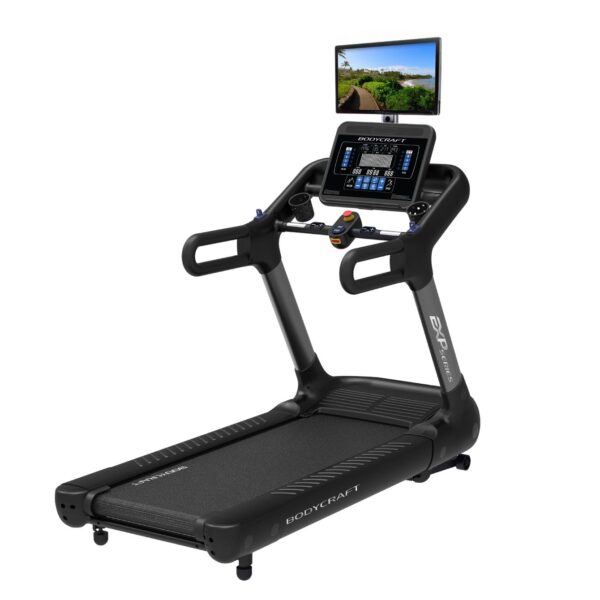
T1200 Treadmill by Bodycraft
Price range: $8,499.00 through $9,499.00 Select options This product has multiple variants. The options may be chosen on the product page -
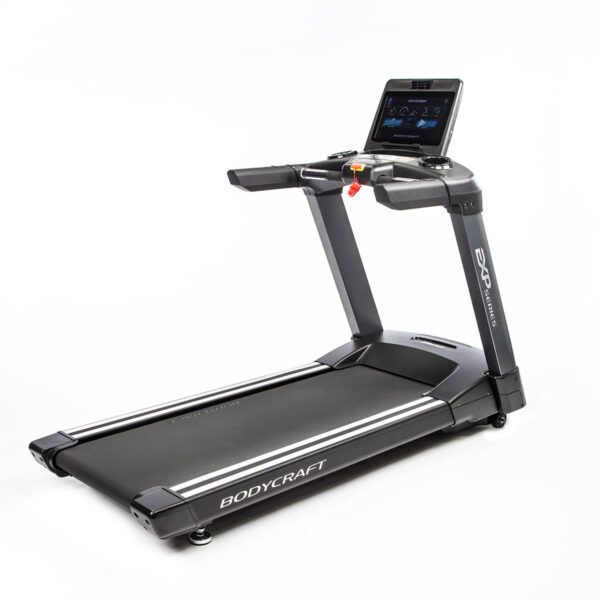
T800 Treadmill by Bodycraft
Price range: $6,299.00 through $7,299.00 Select options This product has multiple variants. The options may be chosen on the product page -
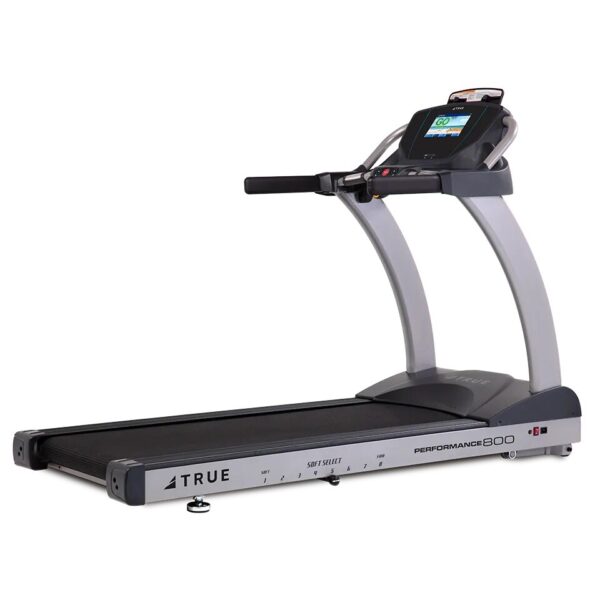
TRUE 800 Treadmill by TRUE FITNESS
Read more -
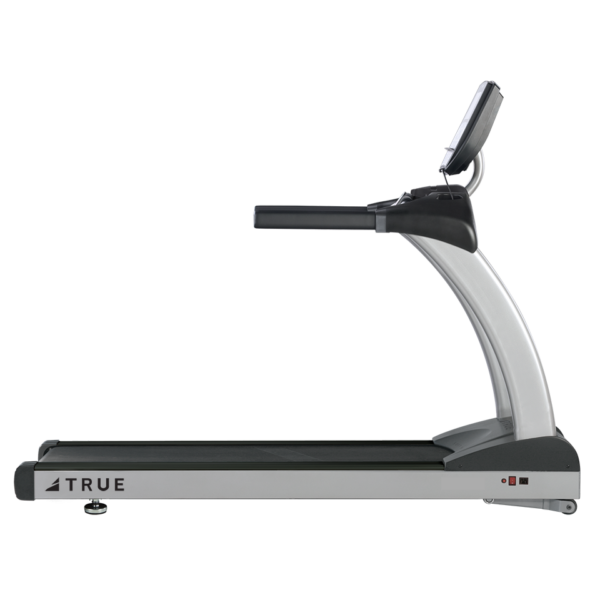
TRUE C200 Treadmill by TRUE FITNESS (New Model Available!)
Read more -
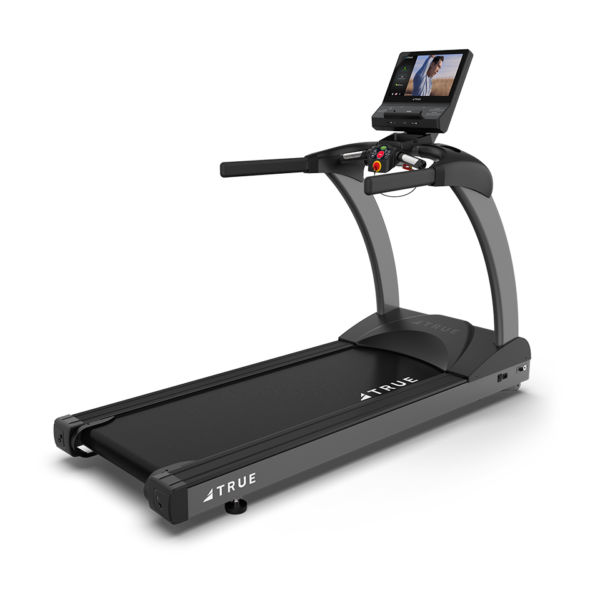
TRUE C400 Treadmill by TRUE FITNESS (New Model Available!)
Read more -
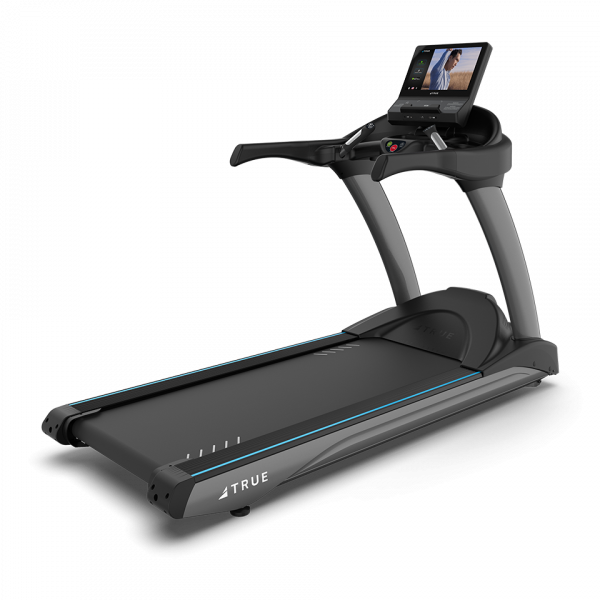
TRUE C900 Treadmill by TRUE FITNESS (New Model Available!)
Read more -
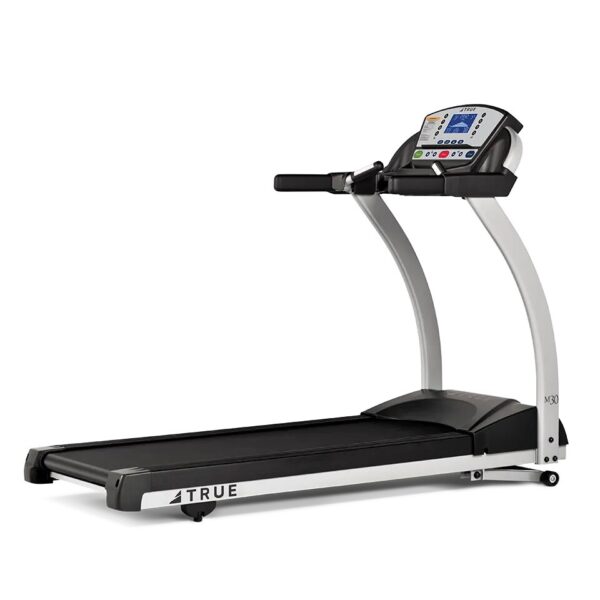
TRUE M30 Treadmill by TRUE FITNESS (New Model Available!)
Read more -
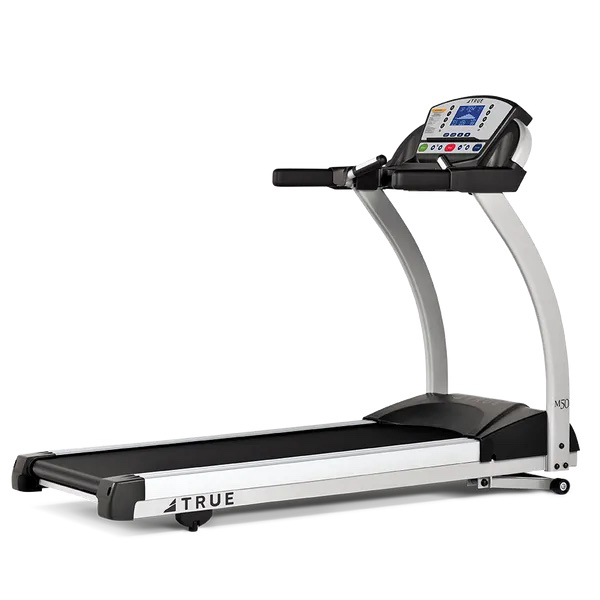
TRUE M50 Treadmill by TRUE FITNESS (New Model Available!)
Read more -
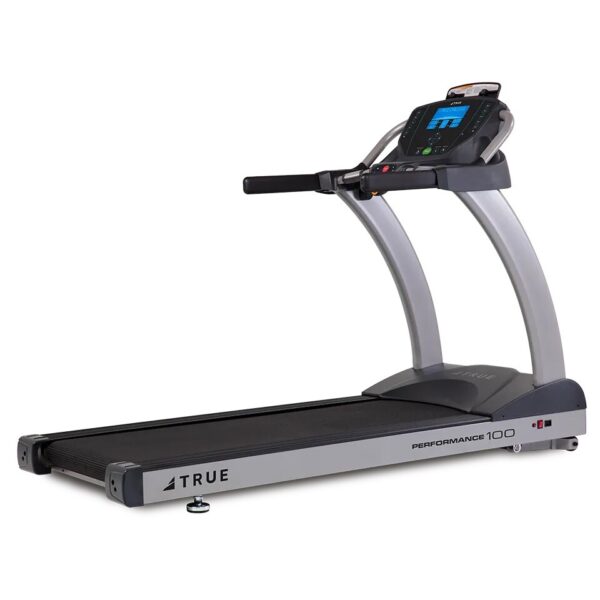
TRUE Performance 100 Treadmill by TRUE FITNESS (New Model Available!)
Read more -
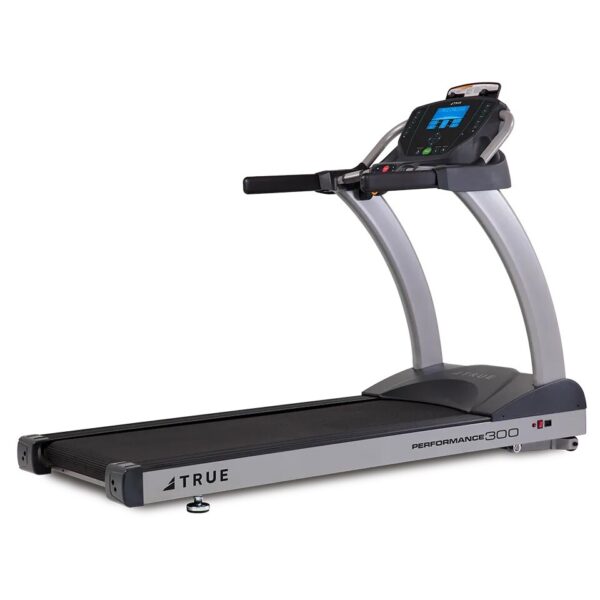
TRUE Performance 300 Treadmill by TRUE FITNESS (New Model Available!)
Read more -
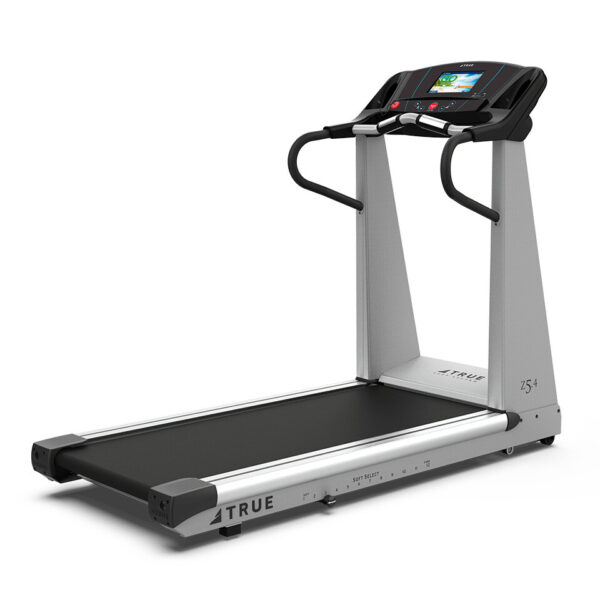
TRUE Z5 4 Treadmill by TRUE FITNESS (New Model Available!)
Read more -
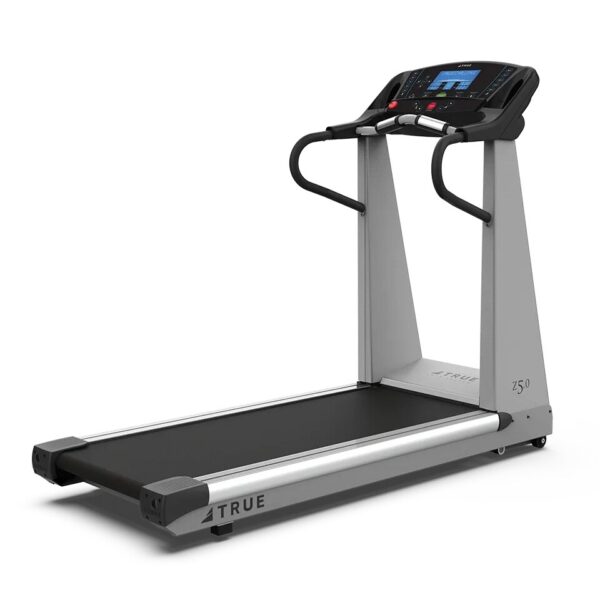
TRUE Z5 Treadmill by TRUE FITNESS (New Model Available!)
Read more -

Ultra Runner Plus Treadmill by Cascade
$6,395.00 Add to cart -

Ultra Runner Treadmill by Cascade
$5,395.00 Add to cart
Why Choose a Treadmill?
A treadmill is one of the most versatile cardio machines you can own. A quality treadmill offers:
- Controlled environment: Run or walk year-round without worrying about weather.
- Adjustable intensity: Vary speed and incline to match any fitness level.
- Low-impact options: Many models cushion each step, reducing stress on joints.
- Space-efficient designs: Folding models fit neatly in a corner or home gym.
Types of Treadmills
Commercial Treadmills
Built for gyms and high-traffic environments, these feature heavy-duty motors, extra-wide belts, and advanced electronics. Ideal if you want pro-grade durability and advanced tracking metrics.
Residential Treadmills
Designed for home use, they balance performance and footprint. Expect quieter motors, deck cushioning, and user-friendly consoles.
Folding Treadmills
Perfect for small spaces. Hydraulic assists let you fold the deck up when you’re done, freeing floor space in apartments or multipurpose rooms.
Incline & Decline Treadmills
Simulate hill training at home. Many models offer steep inclines (up to 15%) and even declines (–3%) for a full range of terrain workouts.
Setting Up Your Treadmill
- Location: Place on a level surface with at least 2–3 feet of clearance behind you.
- Power: Most electric treadmills need a dedicated 15A circuit; check your model’s requirements.
- Safety: Always attach the safety key and test the emergency stop before each workout.
- Flooring: Use a treadmill mat to protect flooring, reduce noise, and stabilize the machine.
Workout Tips & Sample Routines
Beginner Walk-to-Run (30 minutes)
- Warm up: 5 minutes at 2.5 mph
- Alternate: 1 min jog (5 mph), 2 min walk (3 mph) × 7
- Cool-down: 3 minutes at 2 mph
Calorie-Burn HIIT (20 minutes)
- Warm up: 4 minutes gradually ramping from 3 mph to 5 mph
- Repeat 6×: 30 sec sprint (8–10 mph) / 90 sec recovery (3 mph)
- Cool-down: 4 minutes at 2.5 mph
Endurance Incline Challenge (45 minutes)
- Warm up: 5 minutes flat at 4 mph
- Climb set: Increase incline by 1% every 5 minutes up to 10% (keep speed at 3–4 mph)
- Flat recovery: 5 minutes at 0% incline, 4 mph
Maintenance & Care Tips
- Belt alignment & tension: Check monthly and adjust per your manual.
- Lubrication: Most decks need silicone lube every 3–6 months, depending on use.
- Cleaning: Wipe down belt and motor covers after each session to prevent dust buildup.
- Inspection: Tighten bolts quarterly and inspect electrical connections annually.
Frequently Asked Questions
What’s the ideal belt width for running?
For runners, a belt at least 20″ wide is recommended; 22″+ offers extra safety margin.
How much clearance do I need around my treadmill?
Keep at least 2 ft on each side and 3 ft behind to ensure safe mounting, dismounting, and emergency stops.
Can I use a treadmill for walking only?
Absolutely—just set the incline low and keep speed at a comfortable pace. Many rehabilitation programs use treadmills for controlled walking workouts.